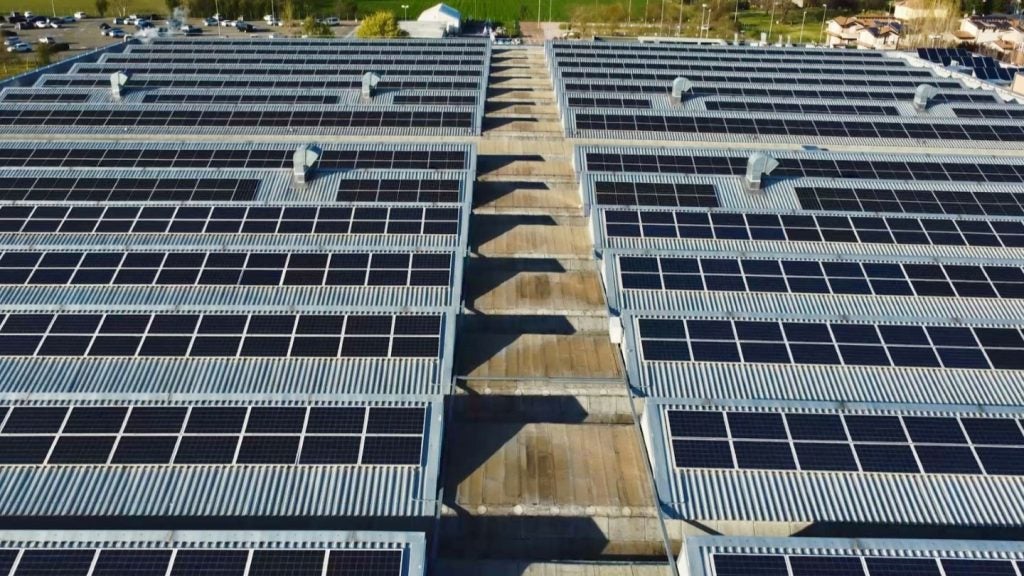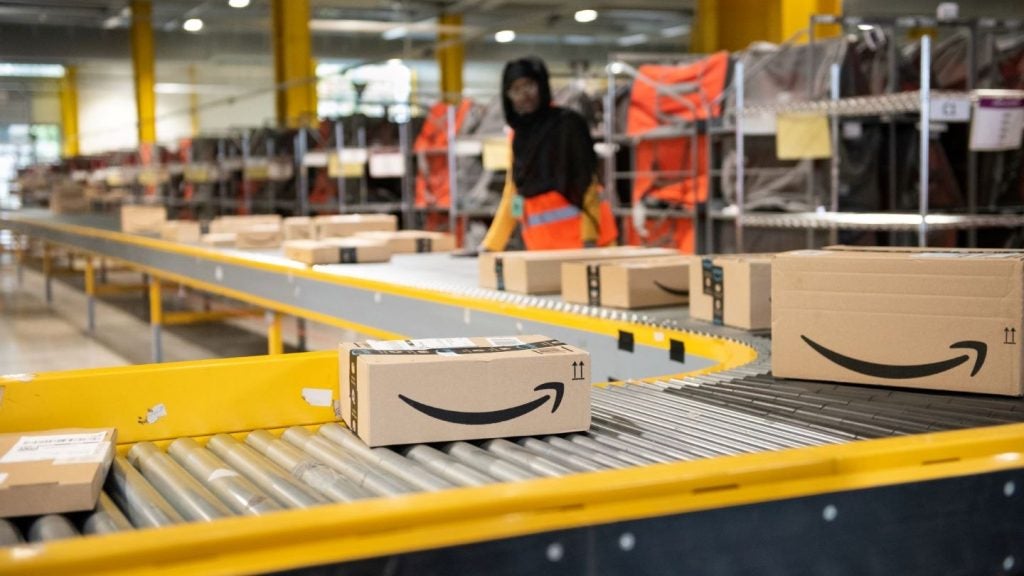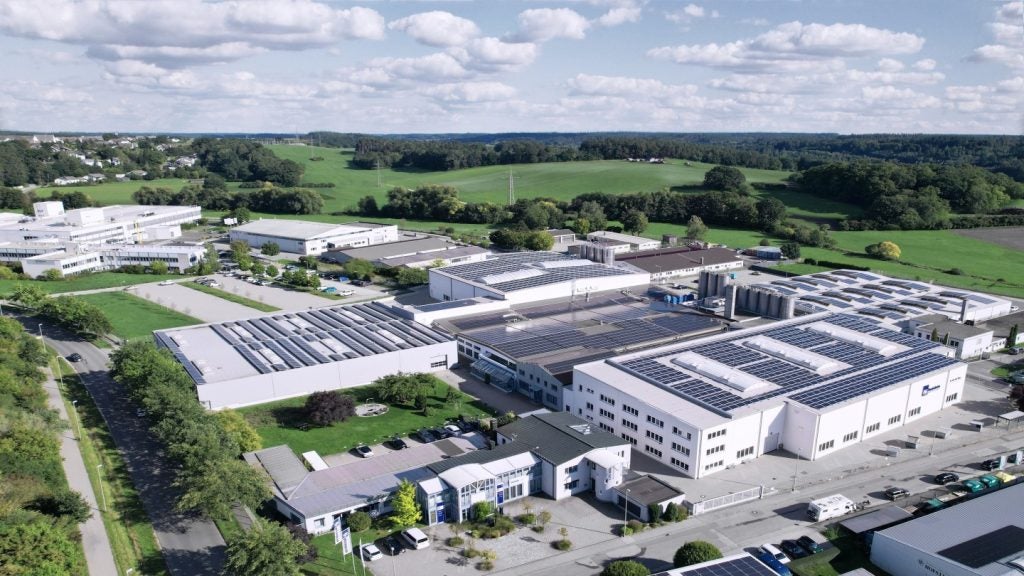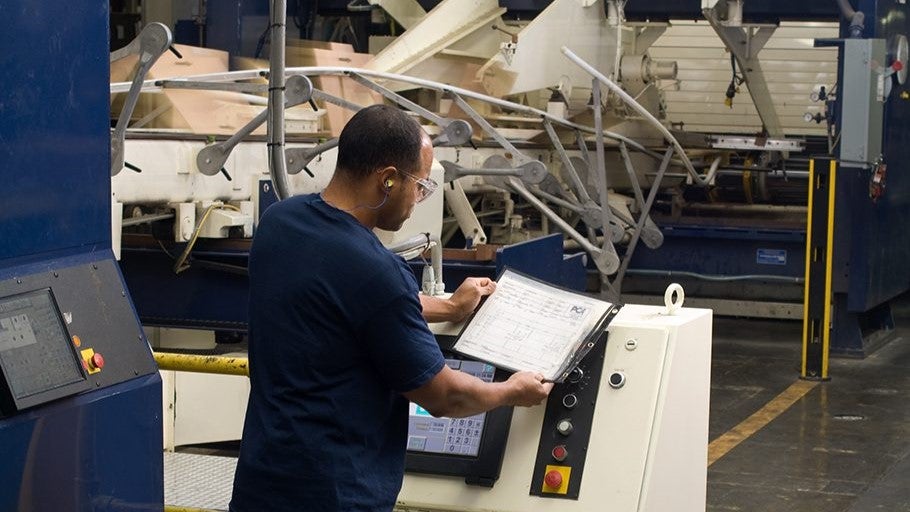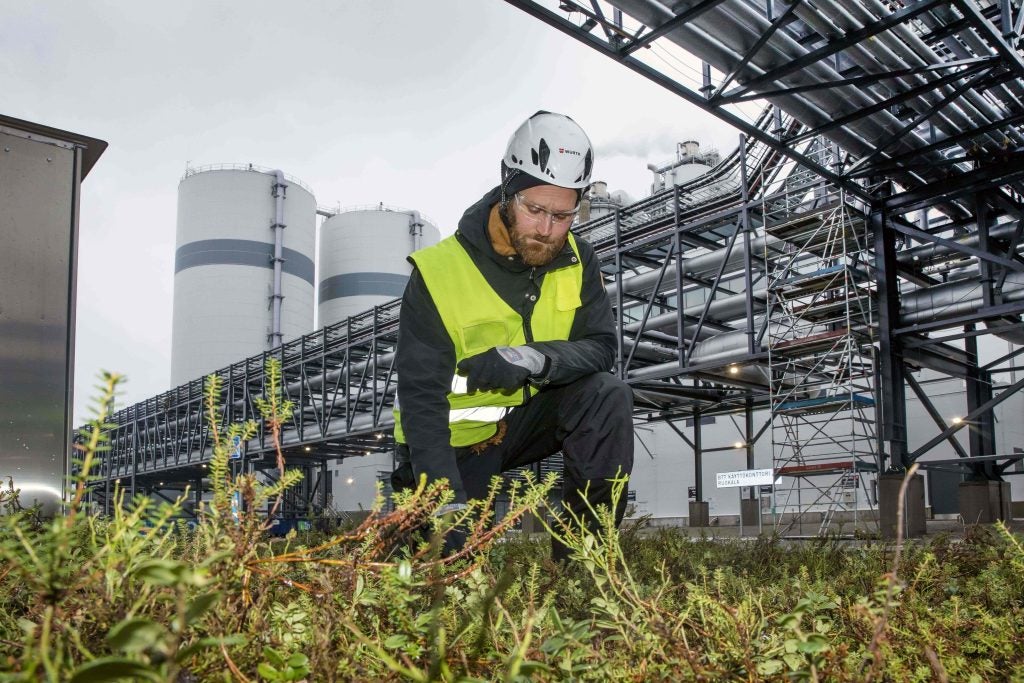Global packaging leader Sidel has completed the construction of a vast solar photovoltaic (PV) system at its Parma plant in Italy.
This environmentally friendly initiative allows the facility to generate 40% of its own electricity and significantly reduce its carbon dioxide (CO₂) footprint.
The 5,000-panel system is considered one of the largest corporate PV installations in Emilia-Romagna, Italy.
It generates 2,900MWh of electricity annually, equivalent to the yearly consumption of more than 1,000 Parma households.
This translates to a reduction of 871 tonnes of CO₂ emissions per year, which is the same amount absorbed by 43,500 trees.
The project is part of Sidel's €5m ($5.36m) investment in the Parma plant's energy transition.
“Our decarbonisation strategy aims for a 50% reduction in scope 1 and 2 emissions - those resulting from our operations and energy consumption - by 2030. This goal has already been achieved: we reduced our emissions by 75% in 2023 compared to 2019,” said Francesca Bellucci, sustainability director of Sidel.
“The full implementation of the photovoltaic system in Parma allows us to take another important step towards achieving the goal of zero net emissions across our entire value chain by 2050.”
Sidel's commitment to sustainability extends beyond this project.
All its production sites globally, including Parma, are International Organization for Standardization 14001-certified for environmental management. This certification ensures a continuous reduction of the company's environmental impact.
Integrating sustainability principles into operations aims to not only lessen its carbon footprint but also enhance operational efficiency, innovation, and competitiveness.
“We are particularly proud to have put the entire system into operation, providing the plant with self-generated clean energy,” said Riccardo Rosselli, VP for Global Sites & Facility Management at Sidel and Parma site leader.
“This is a very important step towards achieving our environmental sustainability goals for the headquarters and the plant, which are also in line with the sustainability targets that the city of Parma aims to accomplish by 2030.”


